order
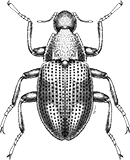
Coleoptera
“Adult Beetles”

Coleoptera
“Larval Beetles”

Diptera
“True Flies”

Ephemeroptera
“Mayflies”
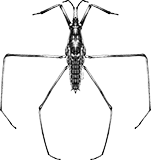
Hemiptera
“True Bugs”

Lepidoptera
“Aquatic Caterpillars, Snout Moths”

Megaloptera
“Alderflies, Dobsonflies, and Fishflies”
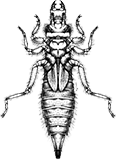
Odonata
“Dragonflies and Damselflies”
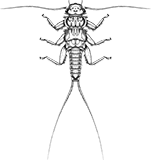
Plecoptera
“Stoneflies”
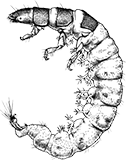
Trichoptera
“Caddisflies”
family
Dytiscidae
“Predacious Diving Beetle Larvae”
Genus Overview
This large genus includes 106 species in North America. Adults and larvae inhabit both fast and slow streams and littoral zones of lentic habitats. They are piercing predators.
Characteristics
POLLUTION TOLERANCE
Mid-Atlantic: 8 and higher
0 = least tolerant, 10 = most tolerant
FEEDING HABITS
Piercer / Predator
MOVEMENT
Sprawler
Swimmer
Swimmer
DISTRIBUTION
Widespread (east of the Rocky Mtns.)
HABITAT
Lentic-littoral
Lotic-depositional
Lotic-erosional
Lotic-depositional
Lotic-erosional
Diagnostic Characters
order
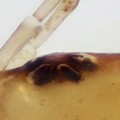
Eye Spots
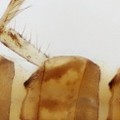
Lateral Gills USUALLY Absent
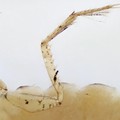
USUALLY 4-5-Segmented Legs
family

5-Segmented Swimming Legs
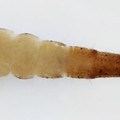
8-Segmented Abdomen
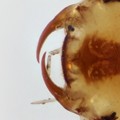
Sickle-Shaped Mandibles
+ Expanded Character List
Order:
Larvae: Usually without lateral abdominal gills. If gills present, then 4 hooks clustered on segment 10. Thoracic legs each usually with 4 or 5 segments and with 1 or 2 claws; if without legs, head distinctly sclerotized and posterior body (thorax and abdomen) simple, without gills, hair brushes, suckers, or breathing tube. Eye spots usually present, but compound eyes absent.
Family:
Larvae approximately 5–70 mm long. Sickle-shaped mandibles without mola (grinding surface). Long, slender swimming legs 5-segmented, excluding 2 claws. Abdomen 8-segmented, lacking hooks on terminal segment, usually without gills. Roughly cylindrical thorax and abdomen tapered to anterior and posterior ends. Cerci (urogomphi) usually 2-segmented, slender and longer than abdominal segment 1, but can be stout, short, inconspicuous, or absent.
Genus:
Mandibles without large and distinct teeth along inner margins. Maxillary galea finger-like. Urogomphi each usually 2-segmented. Tibiae and tarsi with or without swimming hairs.
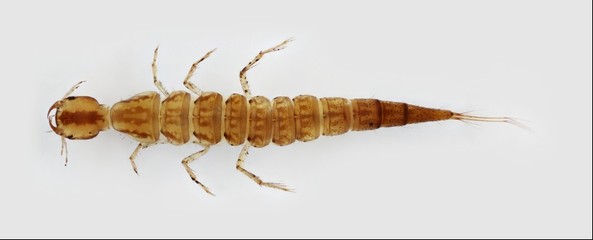
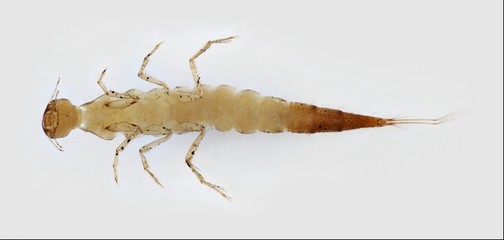
Dorsal
Ventral



